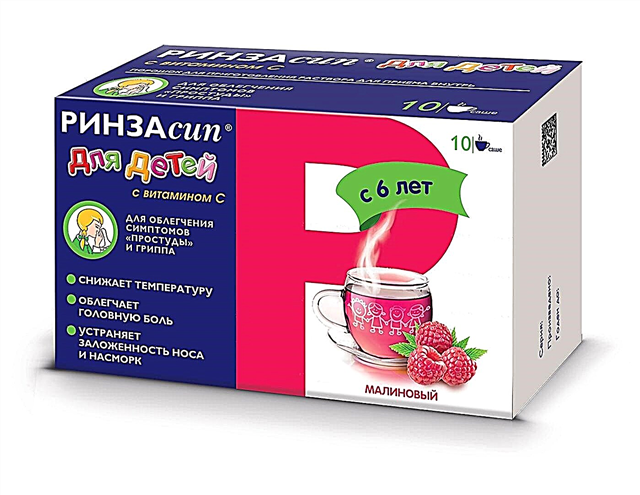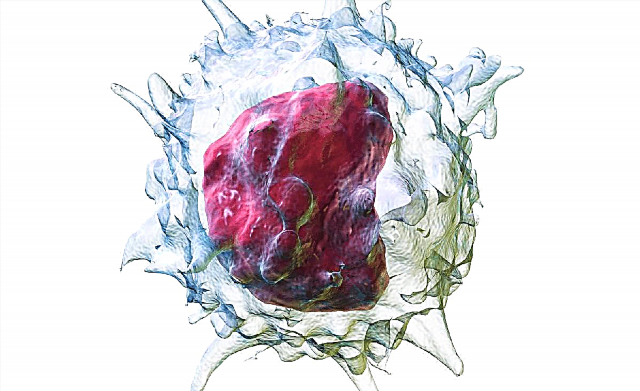
Hibiscus red tea has an interesting sour taste, and many people love it not only for this, but also for the many beneficial properties that this herbal drink has. But pregnant women, who are often prohibited from many types of tea, are interested in whether it is possible to continue drinking hibiscus during pregnancy.

Benefits for expectant mothers
Ahead of numerous questions, let's say right away that pregnant women can drink this unusual tea. But its use has its own nuances and limitations. Hibiscus is a drink made from rosella flowers, also called the Sudanese rose. This tea is directly related to the national Egyptian cuisine, and in the land of the Pharaohs, the hot drink is used as a refreshing drink only because it perfectly quenches thirst in hot climates. Tourists began to drink it cold with sugar and ice, and in this version, red tea is very similar to fruit drink.
The Arabs have always considered hibiscus a cure for many ailments. The color of the drink is given by substances called anthocyanins, and it is they that contain a huge amount of vitamin P. Red tea has long been recommended for people with problem blood vessels, since it is believed that anthocyanins strengthen the walls of blood vessels, make them more elastic. Tea is rich in antioxidants, helps to eliminate toxins and toxins. In addition, hibiscus is also an excellent natural antispasmodic that relieves muscle tension and helps to reduce pain. This tea has a quite noticeable diuretic effect, and it is also often used as an antipyretic agent.
Plant raw materials are rich in vitamins, organic acids, among which the leader lemonand it is she who makes the drink from the Sudanese rose tonic.
Pregnant women should use hibiscus with great care. This is due to the fact that the Sudanese rose belongs to medicinal plants, and its action can be not only useful, but also dangerous.


If we talk about the benefits, then you should know that not only anthocyanins are valuable, but also flavonoids. They take an active part in digestion and gently cleanse the intestines. Organic acids help to strengthen the immune system, and in pregnant women it is always significantly weakened. B vitamins help maintain the normal functioning of the muscular and nervous systems... A woman in whose body there is no lack of B vitamins sleeps better, experiences stressful situations more calmly.
The flowers of the Sudanese rose are rich in iron and this will help increase the amount of hemoglobin in the blood. Anemia is inherent to one degree or another to almost all expectant mothers, and this property of the hibiscus should definitely be taken into account. Potassium and sodium salts are involved in maintaining water and salt balance, they are necessary for normal kidney function. The slight diuretic effect of tea will help a woman “in position” to get rid of edema.
Much depends on the temperature of the drink. It is believed that hot hibiscus can raise blood pressure levels, and therefore it is better to drink such a drink for pregnant women with hypotension.
Cold hibiscus reduces blood pressure, and therefore it is often advised to drink it to expectant mothers with hypertension. Hibiscus can help with toxicosis, as it effectively reduces bouts of nausea. The slightly sour taste helps to improve appetite.
If a woman suffers from severe vomiting, then you cannot think of a better drink after her - red tea will help to quickly restore the correct water-salt balance.


Tea from the country of the pyramids has a certain choleretic effect, and this property can be very useful for women with biliary dyskinesia, as well as for those who overeat and at the same time prefer protein foods. Red tea will also help with constipation. Its mild laxative effect will be especially useful in the late stages of pregnancy, when the bowel activity becomes difficult due to mechanical compression of its loops by the grown uterus.
Unlike other types of tea, this drink does not promote the elimination of folic acid and does not interfere with the absorption of iron. Therefore, it can be taken not only with already diagnosed anemia, but also for its prevention. In order for hibiscus to bring maximum benefit for the expectant mother and her baby, it is recommended to drink no more than 1 glass per day. Exceeding this recommended amount can have negative consequences.
A woman who is interested in this issue may come across an opinion on the Internet that this tea promotes the production of estrogen, and therefore can lead to an early miscarriage. This information does not correspond to reality. The chemical composition of the hibiscus does not affect the hormonal background of a woman.


Potential harm and contraindications
Hibiscus has a strong tonic effect, and therefore should not be drunk by women at night, before bedtime. The best time to use it safely is in the morning. The main danger lies in overuse. If the expectant mother drinks too much red tea, then chronic kidney ailments may well worsen. This tea is contraindicated for women with renal failure, gastric ulcer, gastritis with increased acidity of gastric juice.
The fact is that the drink can change the balance of the acidic environment, increasing it. Hibiscus - not the best choice for expectant mothers with a history of allergies.
Negative reactions are possible to it, which are manifested by itching, nausea, vomiting, diarrhea, rash and swelling. If there are contraindications, a woman is advised to consult a doctor before adding a product to her daily diet.


How to cook and consume?
Hibiscus should not be drunk on an empty stomach, so as not to cause disturbances in the digestive system. If you ignore this requirement, it is possible that heartburn will increase and diarrhea will develop. Given the abundance of organic acids, experts recommend that pregnant women take care of the oral cavity - after a cup of hibiscus, rinse your mouth with a solution of soda or salty medicinal table mineral water. This will help keep your tooth enamel healthy. To get the benefits of the drink and prevent unpleasant consequences, you need to know how to brew red tea correctly during pregnancy..
- The drink should be prepared in a transparent glass container. Porcelain teapots can be used. Metal containers react with organic acids, which changes the taste of tea and partially deprives it of the desired healing properties.
- To prepare a hot version of the drink, pour 2 teaspoons of dry raw materials with boiling water, let it brew for about 7 minutes and drink.
- To prepare a cold version of tea, the same number of petals is poured with cold water and infused for at least 3 hours. With this method of preparation, it is believed that the drink retains more useful properties.
- To prepare the mixed version, the tea leaves are mixed with cold water and kept in a water bath for 3 minutes. This version of the drink turns out to be quite sour, concentrated and saturated. It is recommended to add sugar or honey if the woman is not allergic to bee products.
Hibiscus goes well with other herbs and fruits... Therefore, you can make compote tea by adding a slice of lemon, a couple of mint leaves to the hot or mixed version of red tea. You need to insist such a drink for about a quarter of an hour. In the 3rd trimester of pregnancy, shortly before childbirth, you should not use the mixed version of hibiscus, since it is as concentrated as possible, which can cause diarrhea. In the third trimester, cold and hot options are optimal. In the rest of the pregnancy, a woman, if she has no contraindications, can choose a drink to her taste. It is only important to remember that a hot drink can raise blood pressure, while a cold drink can lower it.
To combat constipation, cold or combined tea, as well as a mixture of hibiscus with fruits, are more suitable. For colds, flu, or SARS, make hot tea to reduce fever. To increase hemoglobin in the blood, any drink option is suitable, which you prefer. To reduce swelling, it is best to prepare hot tea, but drink it when it cools down to room temperature. The same application is recommended for normalizing bile production.


How to choose?
Whether your drink will turn out to be healthy and safe depends not only on how you prepare it and in what quantity you will consume, but also on how correctly plant raw materials will be chosen for making red tea. It can be bought loose or packaged. If you prefer the first option, then the quality will be easier to check. You just need to take a few petals in your hand and knead them between your fingers.
If the petals of the Sudanese rose crunch and break easily, this is a good tea, which is quite suitable for drinking during pregnancy. If the petals do not break, but only bend or crumble in large chunks, the tea is of low quality in your hand. There are much fewer useful properties in it, since the manufacturers grossly violated the technological stages of the preparation of raw materials. Such tea, even when properly prepared, often tastes bitter.
When buying packaged tea, choose only the products of a manufacturer you know well and whom you fully trust.
Be sure to look at the expiration date, since there is little use in expired plant materials, but insects and their larvae can easily start. After purchase, store your tea in a tightly closed glass jar in a dark and dry place. Also suitable for storage are tissue bags in which medicinal plant materials are usually stored.





